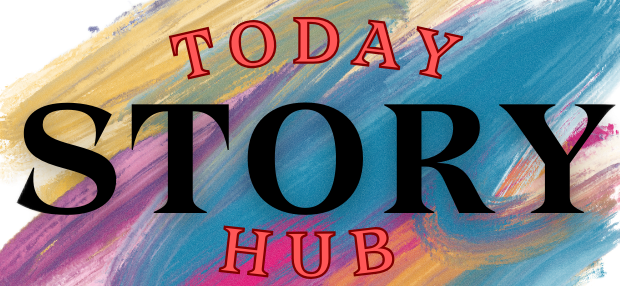Imagine you wish to click a picture in front of the Eiffel Tower but do not have time in your busy schedule to grab a vacation in Paris. What if you are told that AI can make your dream come true within seconds? Sounds unbelievable! The DreamBooth is a recent invention that creates a fusion using a fine-tuned diffusion model to synthesise your dreams into reality. A way to put anything of your wish into a new background or to mix and create a new version of it – you have it all. DreamBooth is a subject-driven generation model that fine-tunes existing text-to-image models. The technique involves fine-tuning diffusion models through the injection of a custom subject to the model.
In 2022, the Google research team published the Dreambooth as a new technique with a subject-driven generation model. Here, a diffusion model is fine-tuned by injecting a custom subject into the model. However, Google calls it Dreambooth as it is a photobooth, but the exception is that once you have clicked the photo, you can transform it into anything that you dream of. It is a tool of AI development by researchers at Boston University in collaboration with Google.
How does Dreambooth work?
Google’s Imagen text-to-image model was used to develop Dreambooth, but its implementation can be used for other text-to-image models as well. It can use this model to create more personalised results after training on three to five images of the subject. Hence, you need to feed in three to around 5 photos of the subject, and then this AI synthesises this subject into different contexts. This creates some brand-new- images while retaining the basic features.
For any machine learning task, high-quality training data is the only most crucial factor that ensures success. The photos to fed in are to be taken at different angles. The subject in the photo needs to be set on a variety of backgrounds. This helps it to identify and differentiate it from the background. However, the image is then resized to fit into the frame to make the subject visible.
This is a trained text-to-image diffusion model but is more prone to producing a diverse range of image output types. However, it lacks the specificity that is required for generating images of lesser-known subjects. The AI tool has a limited ability to offer known subjects in a variety of contexts and situations.
Transformation to different art styles
This AI can not only take your photos to various locations but can also offer a touch of artistic rendition by famous painters to your photo. It can copy the styles of famous sculptors and painters and render their iconic effects to your pictures.
The method used for the implementations of DreamBooth involves fine-tuning the full UNet component of the diffusion model with the help of a few images depicting a specific subject. These images are paired with text prompts containing the name of the class to which the subject belongs, along with a unique identifier.
For example, a photograph of a car is used, and the car would be the class here. This class-specific prior preservation loss will be applied. This will encourage the model to generate different instances of the subject based on how the model is already trained for the original class. Pairs of low-resolution and high-resolution images will be made. These would be taken from the set of input images and used to fine-tune the super-resolution components, allowing the minute details of the subject to be maintained.
Is Dreambooth the New-Age artist?
For any machine learning task, high-quality training data is the only most crucial factor that ensures success. The photos to fed in are to be taken at different angles. The subject in the photo needs to be set on a variety of backgrounds. This helps it to identify and differentiate it from the background. The image is then resized to fit into the frame to make the subject visible.
Google calls it dreambooth ai as it is a photobooth, but the exception is that once you have clicked the photo, you can transform it into anything that you dream of. Although it is a trained text-to-image diffusion model, it is more prone to producing a diverse range of image output types.
Dreambooth is soon to take the place of an artist in reality. You no longer need to reach a professional and wait for the work to be finished. The new-age AI will do it for you in minutes.
